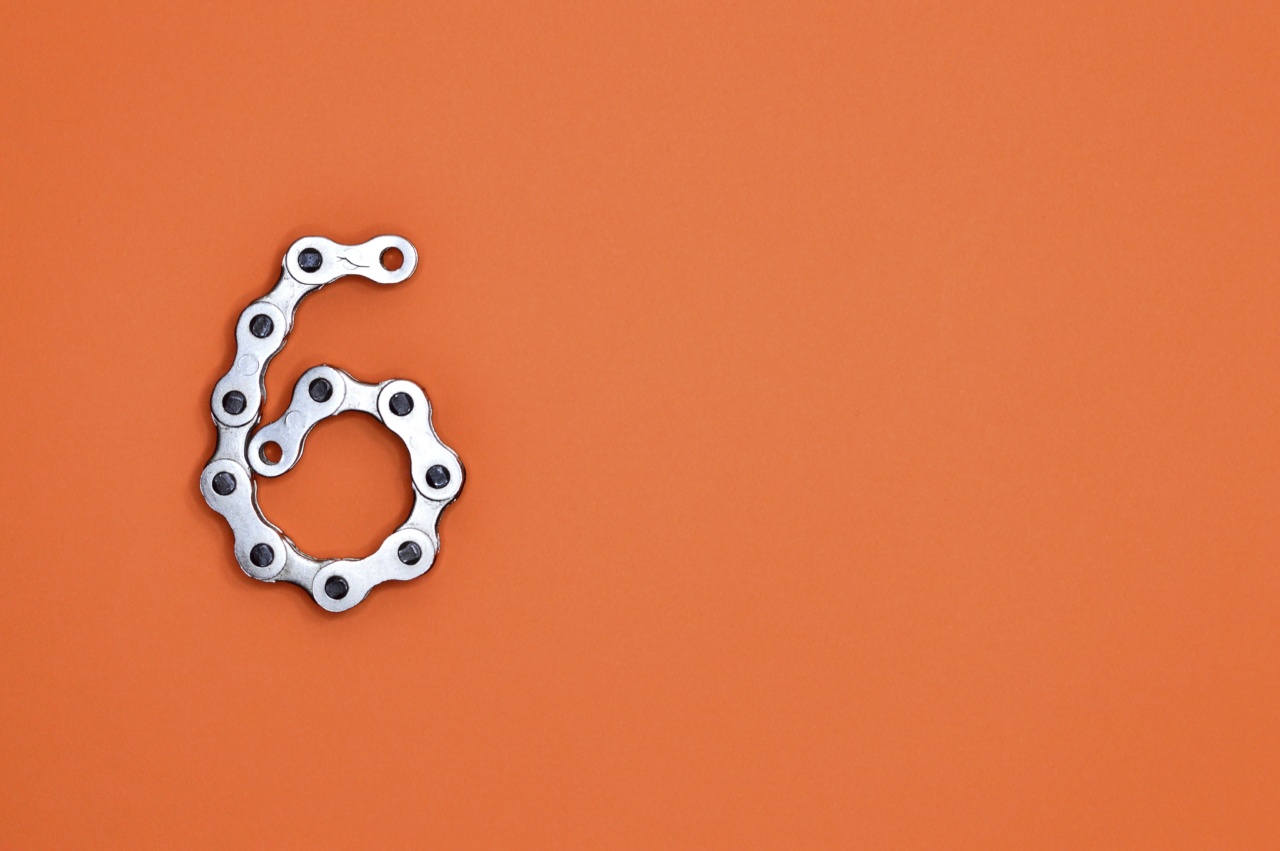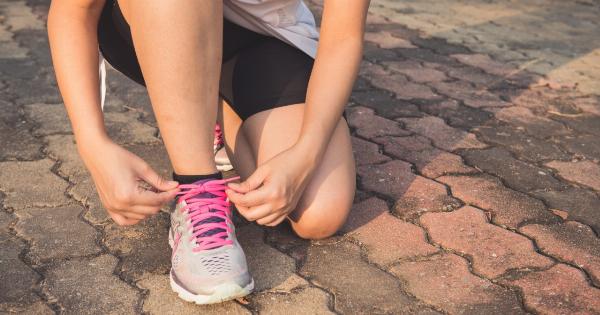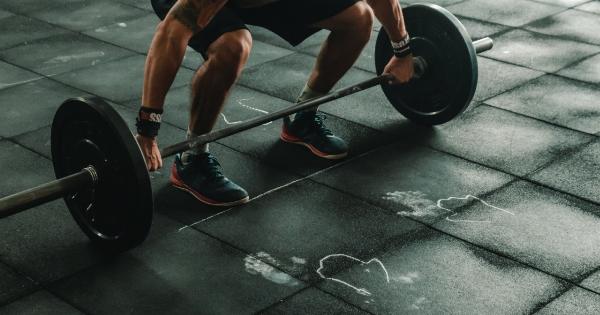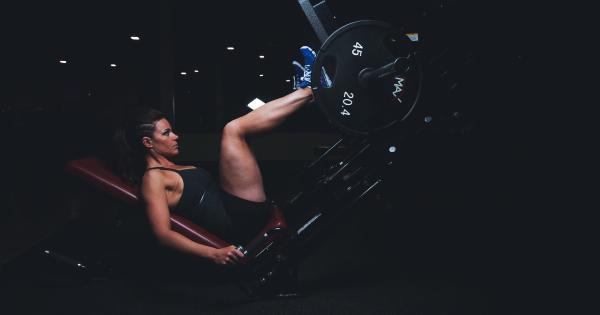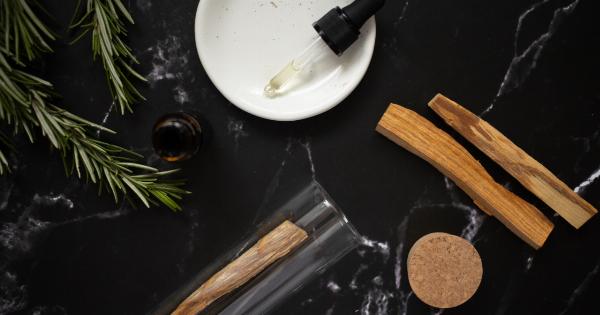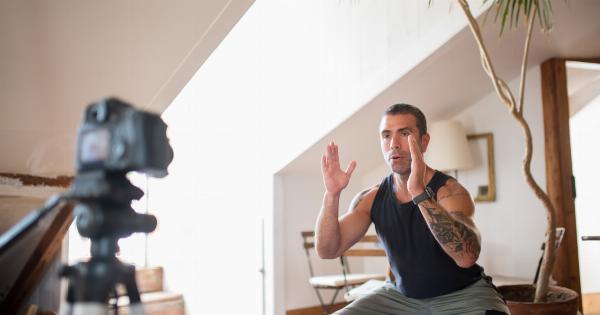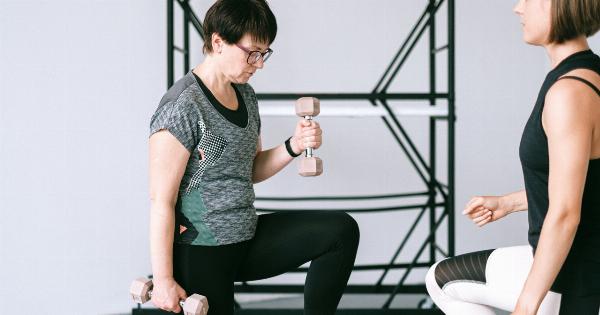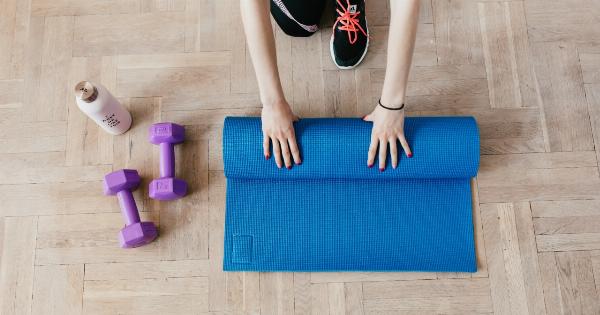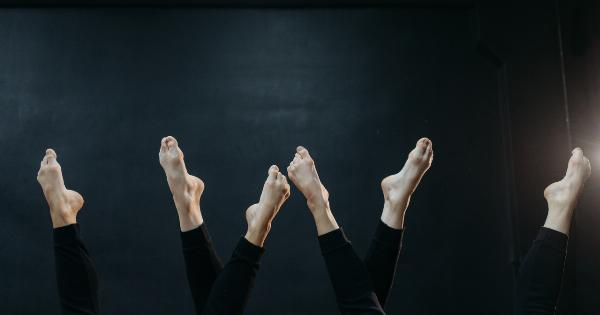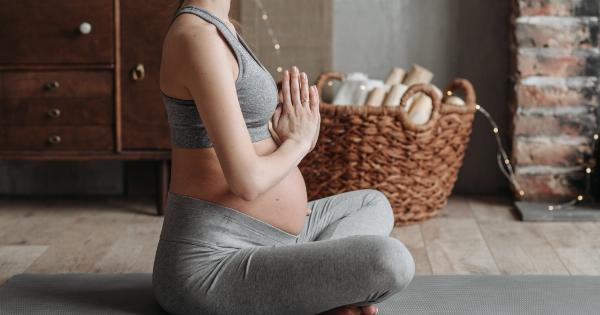Are you looking to build strong and firm glutes? Look no further than these six squats that will help you achieve glutes of steel.
Squats are a compound exercise that primarily target your glute muscles, but they also engage your quads, hamstrings, and core. By incorporating these variations into your workout routine, you can sculpt and strengthen your glutes effectively. So let’s dive right in and discover the best squats for building strong and shapely glutes!.
1. Barbell Back Squat
The barbell back squat is a classic exercise that targets your glutes, hamstrings, and quads. To perform this exercise, start by placing a barbell behind your shoulders on your upper traps.
Stand with your feet shoulder-width apart and toes slightly pointing outwards. Lower your body down by bending your knees and hips, keeping your chest up and your back straight. Return to the starting position by driving through your heels. Repeat for the desired number of reps.
2. Bulgarian Split Squat
The Bulgarian split squat is an excellent exercise for targeting each leg individually, allowing for better muscle activation and balance. To perform this exercise, stand facing away from a bench or step.
Place the top of your rear foot on the bench, and position your front foot far enough forward so that your knee is directly above your ankle when lowering into the squat. Lower your body down by bending your front knee until your back knee is almost touching the ground. Return to the starting position and repeat with the other leg.
3. Sumo Squat
The sumo squat variation places greater emphasis on your inner thighs and glutes. Stand with your feet wider than shoulder-width apart, toes turned outwards.
Holding a dumbbell or kettlebell with both hands, lower your body down by bending your knees and hips, keeping your chest up. Go as low as you can while maintaining a straight back, then push through your heels to return to the starting position.
4. Goblet Squat
The goblet squat is a fantastic squat variation for beginners or those who struggle with maintaining proper form. Hold a dumbbell or kettlebell close to your chest with both hands.
Stand with your feet shoulder-width apart and toes slightly pointing outwards. Lower your body down by bending your knees and hips, keeping your chest up and elbows inside your knees. Return to the starting position by driving through your heels.
5. Hip Thrust
The hip thrust is an isolated exercise that specifically targets your glute muscles. Sit on the ground with your back against a bench or elevated surface. Place a barbell or a weight plate across your hips.
Plant your feet firmly into the ground, with your knees bent at a 90-degree angle. Drive through your heels, lifting your hips up towards the ceiling until your body forms a straight line from your shoulders to your knees. Lower your hips back down and repeat for the desired number of reps.
6. Jump Squat
Jump squats are a plyometric exercise that not only strengthens and shapes your glutes but also increases your explosive power. Start by standing with your feet shoulder-width apart.
Lower your body down into a squat position, then explosively jump up as high as you can, extending your arms overhead. Land softly back into the squat position and repeat for the desired number of reps.
Conclusion
Incorporating these six squats into your workout routine will undoubtedly help you build glutes of steel.
Remember to start with lighter weights or bodyweight variations if you’re new to squatting, and gradually increase the intensity as you become more comfortable. Consistency and proper form are key to seeing results, so be sure to prioritize these aspects of your training. So, what are you waiting for? Get squatting and watch your glutes transform!.
